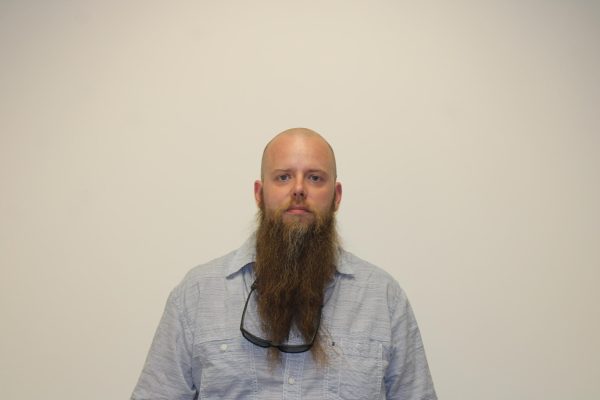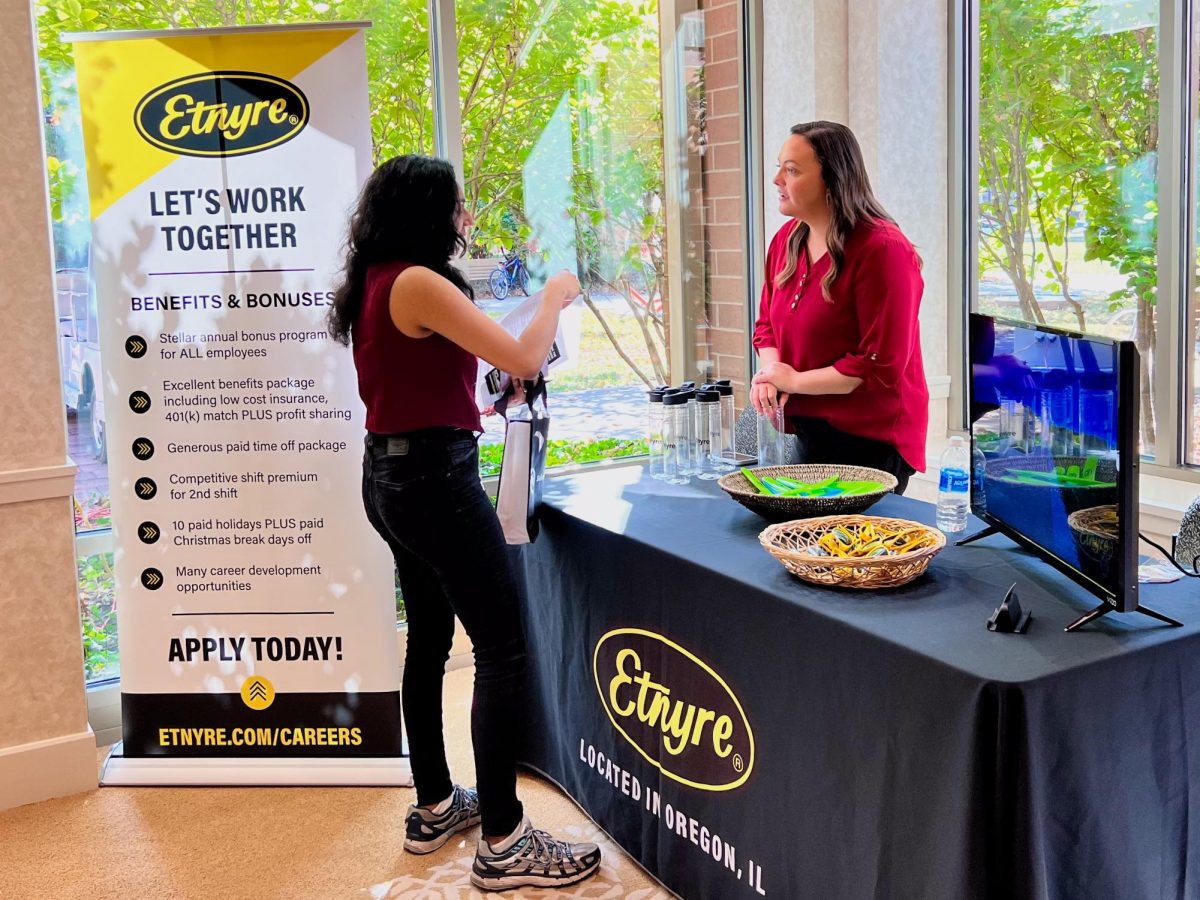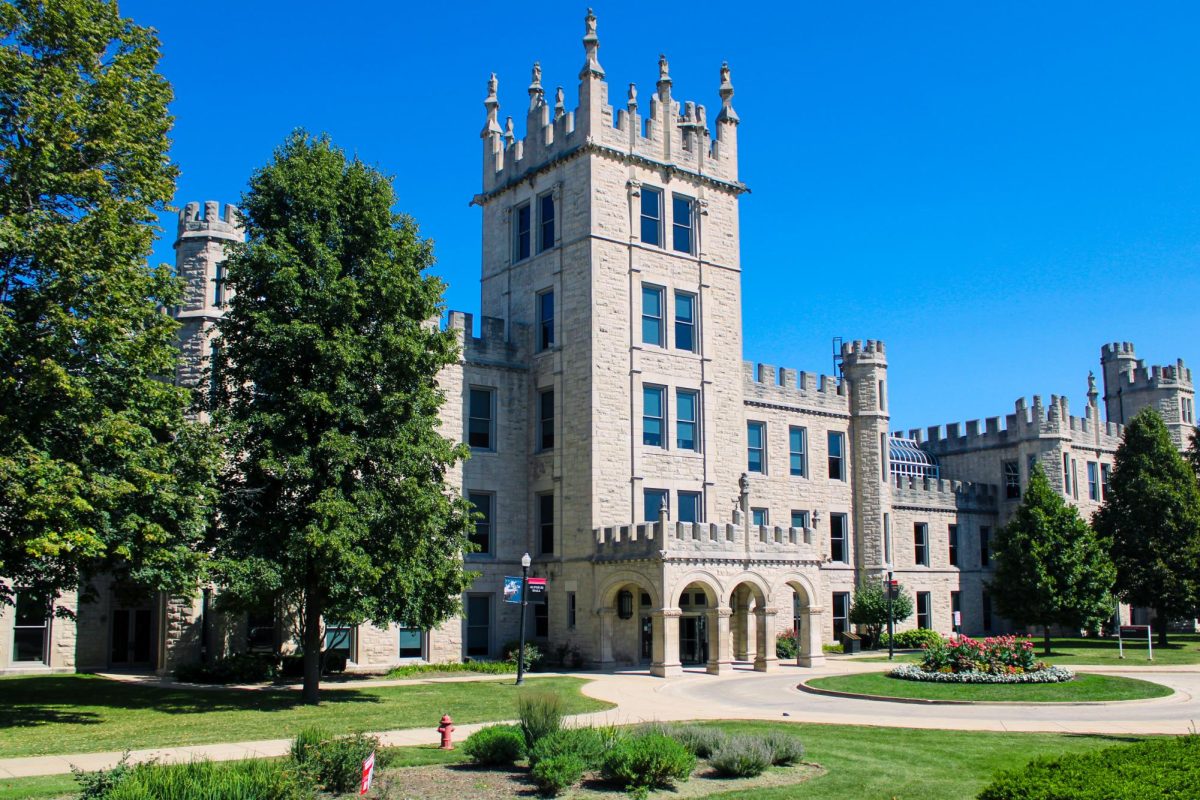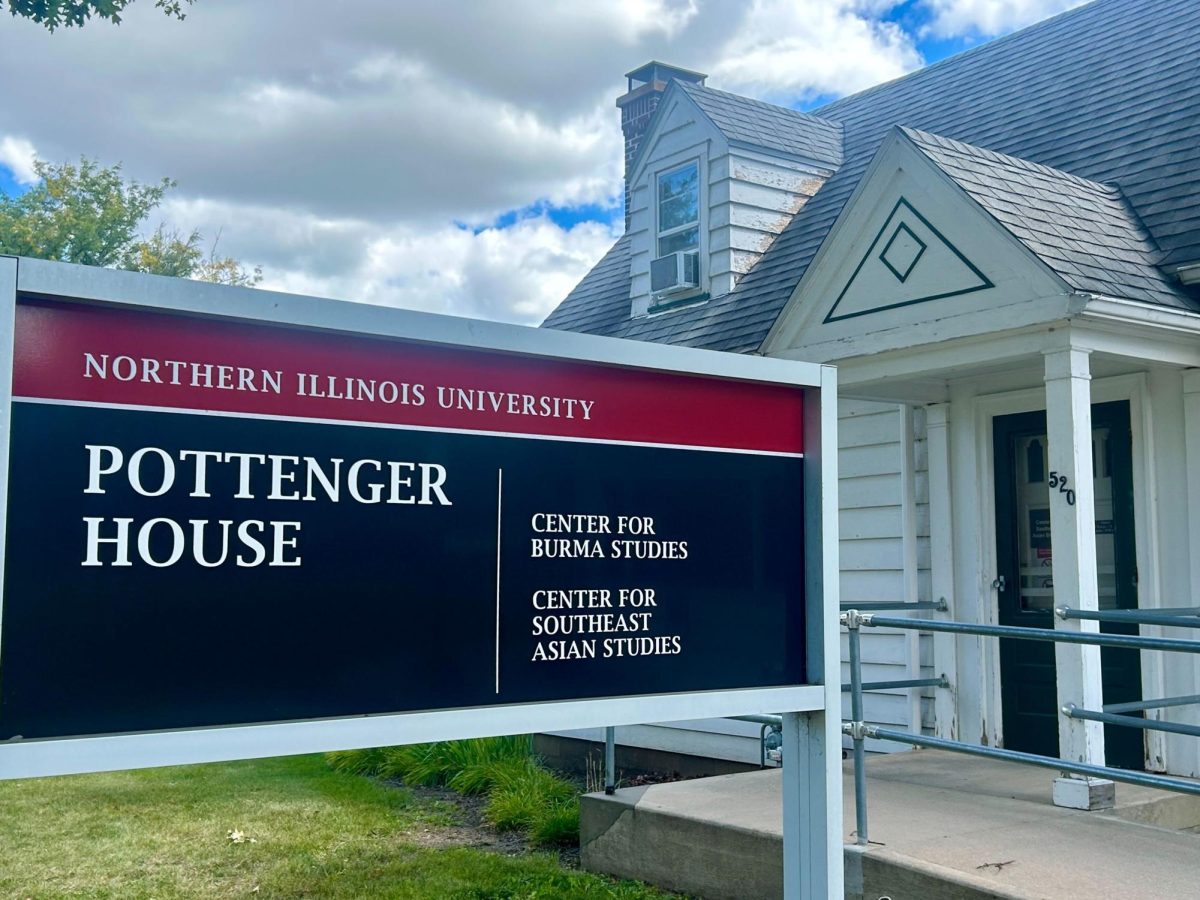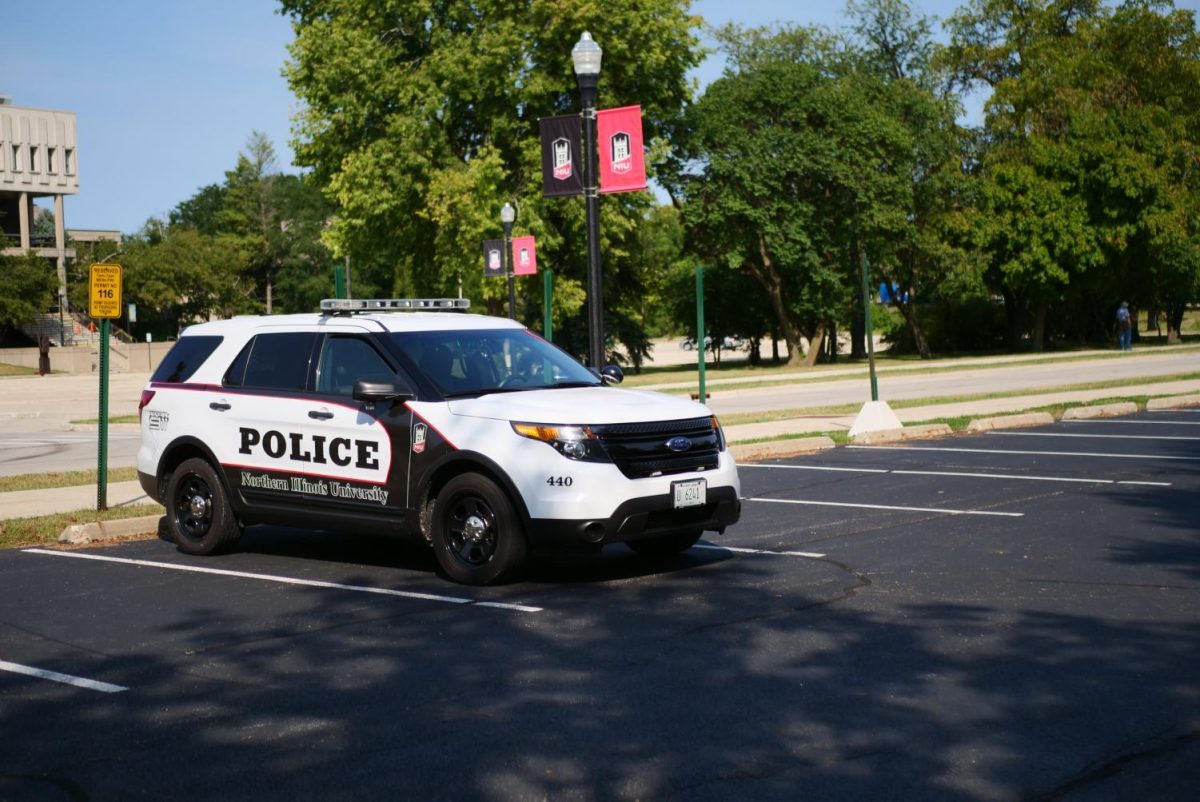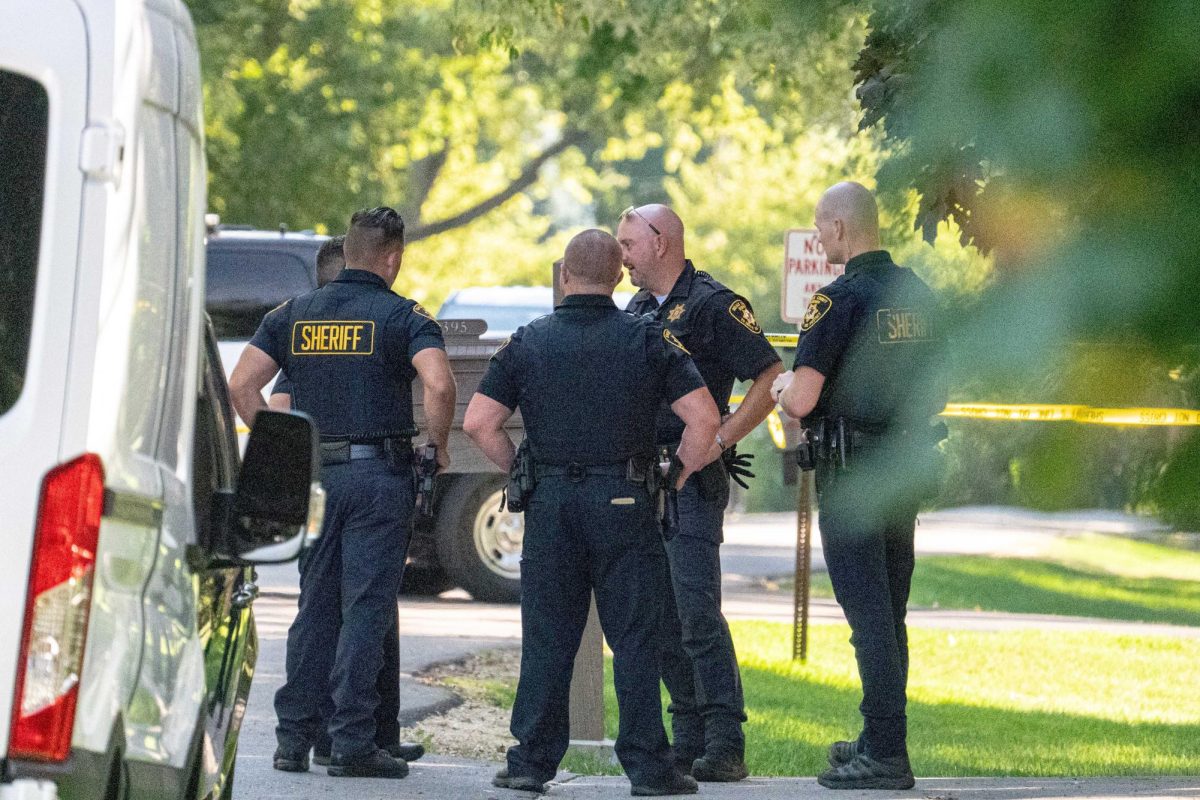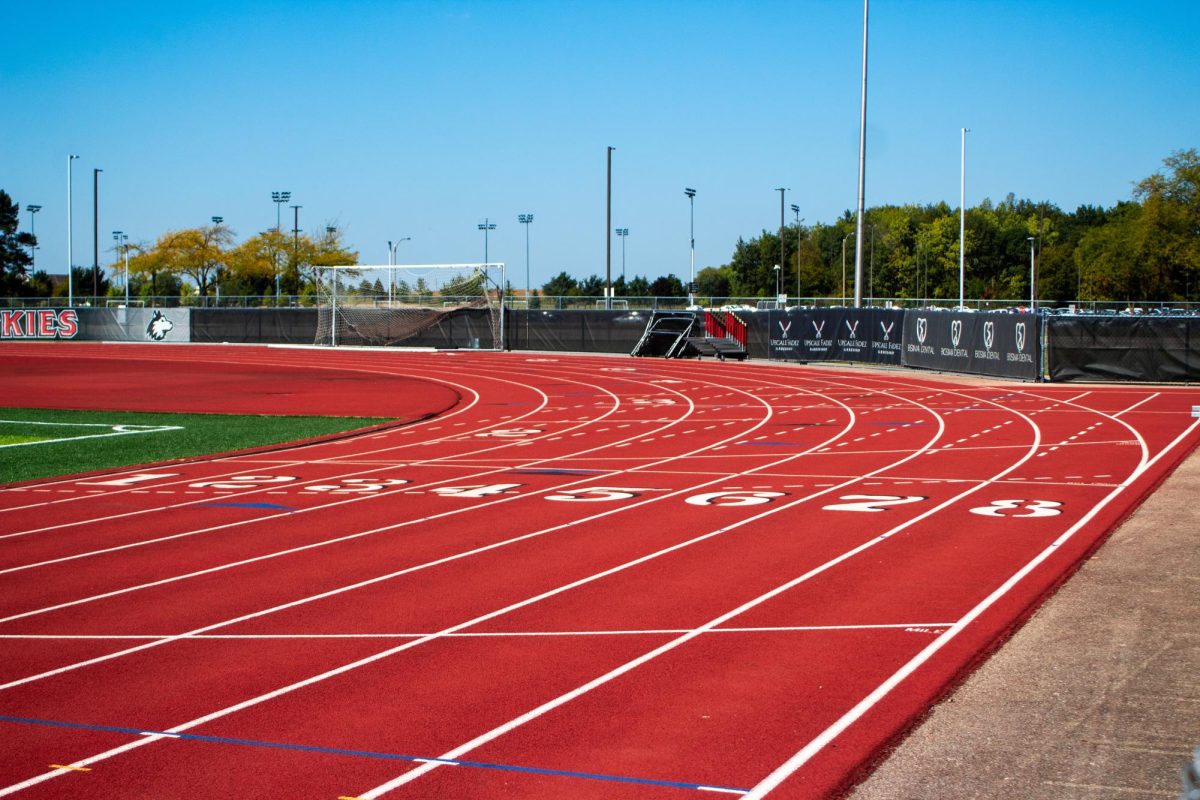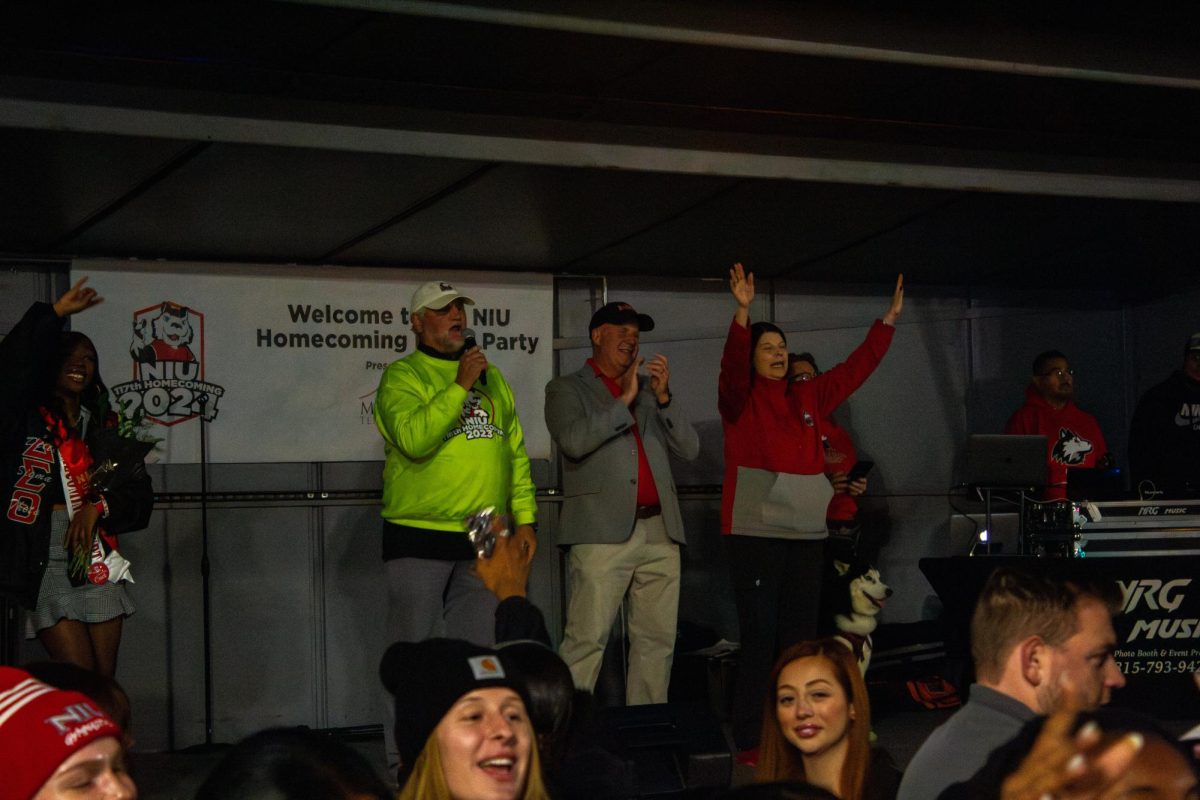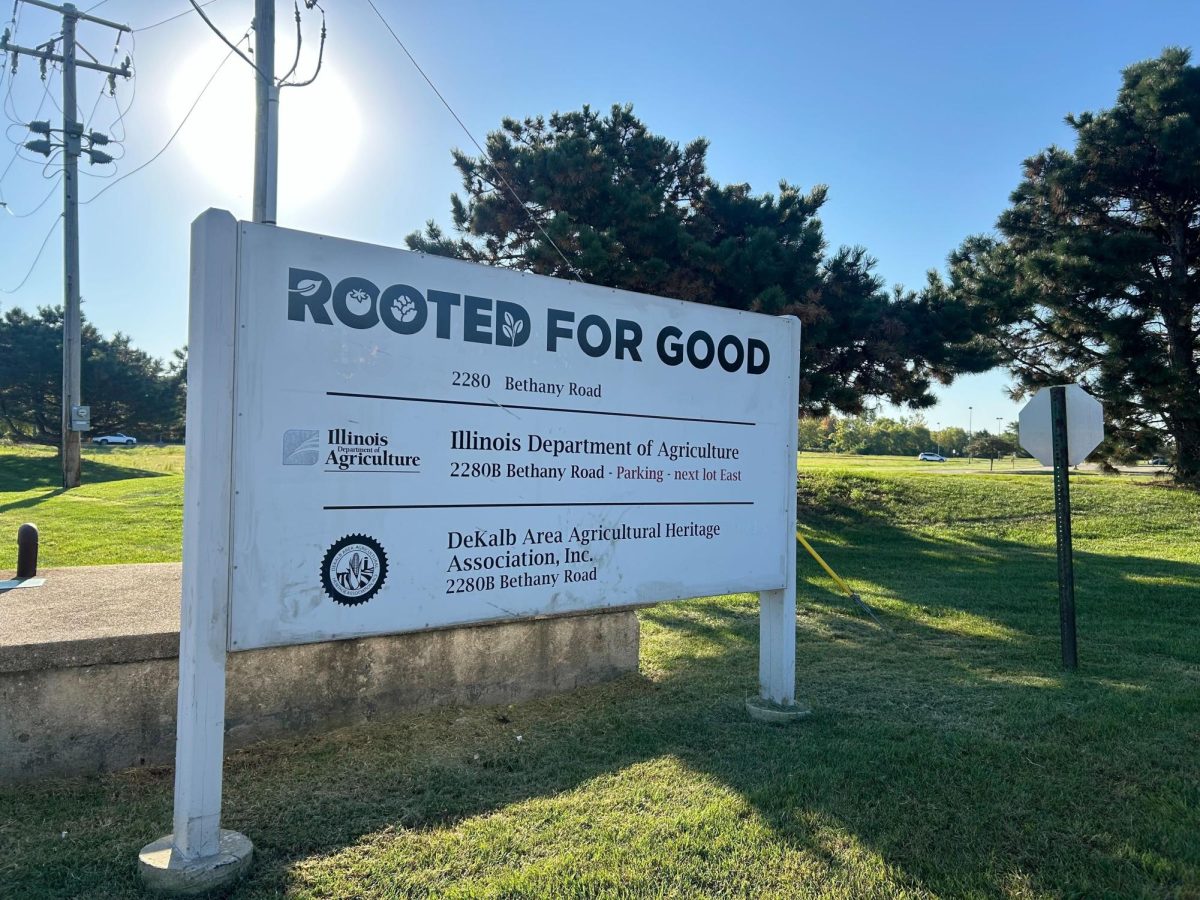DeKALB – Rubber meets the road when one student organization takes its dreams from the design board to the finish line.
Huskie Motorsports is a student-led organization at NIU that designs and builds functioning Formula-style race cars for competition in Formula SAE.
Formula SAE is a global student design competition with 120 teams in its respective divisions.
The multi-event competition takes place at the Michigan International Speedway in Brooklyn, Michigan, and was started by the SAE student branch at the University of Texas at Austin in 1980.
The NIU team competes in the Internal Combustion division, where industry professionals conduct various checks and events to test the vehicle’s design and on-track safety.
First, the car undergoes rigorous technical inspections, ensuring the vehicle meets competition regulations and passes checks for safety issues like braking and rollover stability before competing in dynamic events meant to check the car’s performance capabilities. Teams must also present a cost report detailing the vehicle’s expenses and how they raised the money.
“It’s an engineering club, but it’s actually 60% engineering and 40% business because we have to raise all the money to build the car,” said junior mechanical engineering major Alex Gernenz. “The cost report shows how effectively we used our money.”
Next, the design report pairs team members with industry professionals to explain and justify their design choices.
“It’s a detailed questioning of why you designed everything. Inspectors want to see numbers and validation,” said senior mechanical engineering major Clayton Archdale.
The tilt test checks the vehicle for leaks by securing the car and driver to a table as a piston lifts it, tilting the vehicle side-to-side.
The final step before moving on to dynamic events is the sound test, where inspectors ensure the car produces acceptable decibel levels.
The dynamic events begin with a braking test where students accelerate their cars to top speed for 150 feet and then slam on the brakes.
After slowing things down at the break test, teams put the pedal to the metal as they tear down the track at top speed to gauge the car’s acceleration capabilities.
The skid pad event is a dizzying display of how many gravitational forces (G-forces) the car can produce as it drives at top speed in circles.
The autocross event typically wraps up the second day of competition with a single lap on a tight course made to test the car’s handling.
The dynamic events conclude on the final day with the endurance race feature event. The 10-lap event ensures the vehicle can stop and start under its own power and without refueling or repairs.
“It’s the big event of our competition. We spend all year just to do good in that one race,” Archdale said.
Dynamic events are individually scored, and the competition concludes with the presentation event, where teams receive an overall rating. But, getting to competition isn’t all fun and lanes.
Teams face considerable costs they must raise themselves, starting with the competition’s $2,750 entrance fee. According to Archdale, vehicles can cost between $30,000 to $60,000, depending on a team’s budget.
“We also try to cut costs by reusing as many components as possible,” said senior mechanical engineering major Matt Eberle.
Teams raise funds through corporate sponsorships, private donations and money that team members pay out of pocket. Archdale credits NIU’s Student Government Association for their $10,000 sponsorship last season.
“SGA came in clutch for us,” Archdale said. “We needed it badly. We were out of many parts and had exhausted those we could reuse.”
Some universities provide a larger starting budget for their teams than others.
Visit the Huskie Motorsports website for more information.



